What is a Fashion Show? Everything You Need to Know
A fashion show (in French défilé de mode) is an occasion where fashion designers showcase clothes, shoes, and accessories for the upcoming seasons of spring/summer and fall/winter to the media and the general public.
The bulk of a fashion show consists of models walking on a narrow platform called a catwalk or a runway in front of an auditorium dressed in the designer’s latest collection.
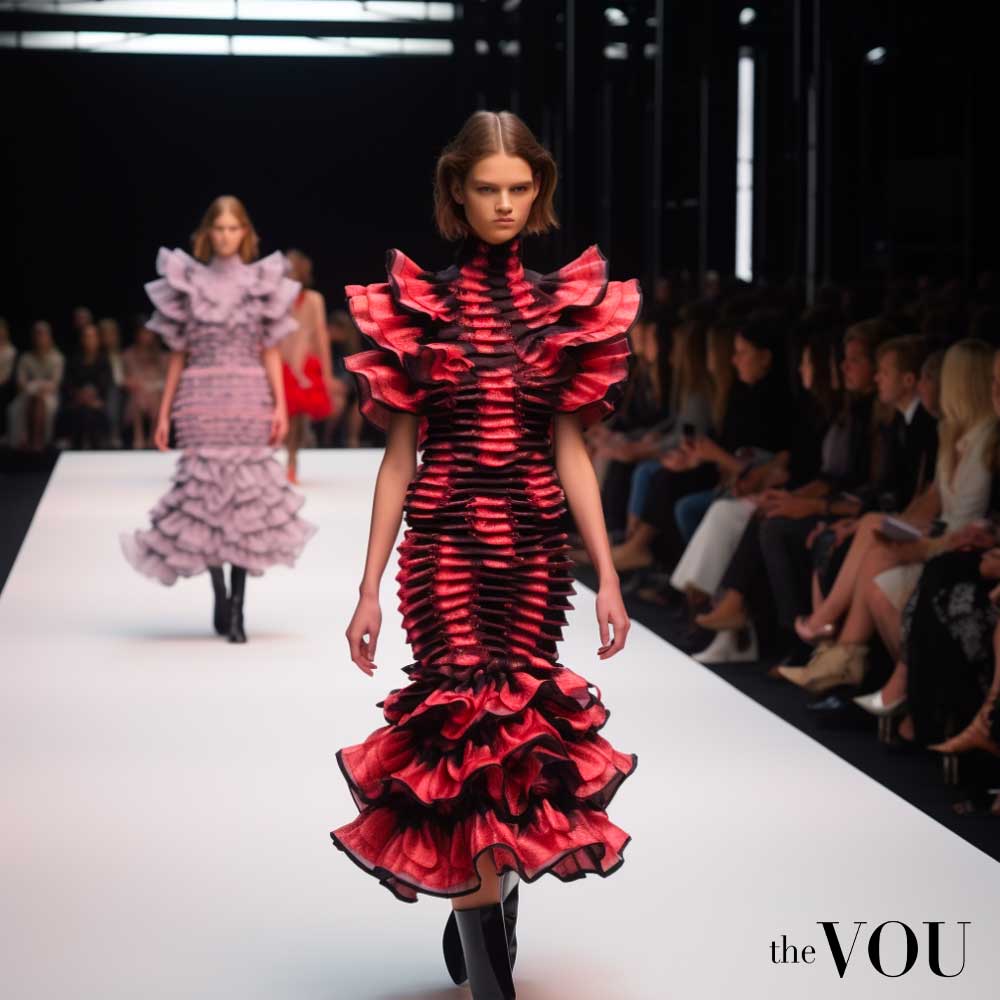
Spectacles of music, lights, visuals, colors, holograms, and video backdrops, Fashion Shows are organized indoors and outdoors.
There are also static and theatrical Fashion Show installations, with models standing or walking silently or immersed in special effects.
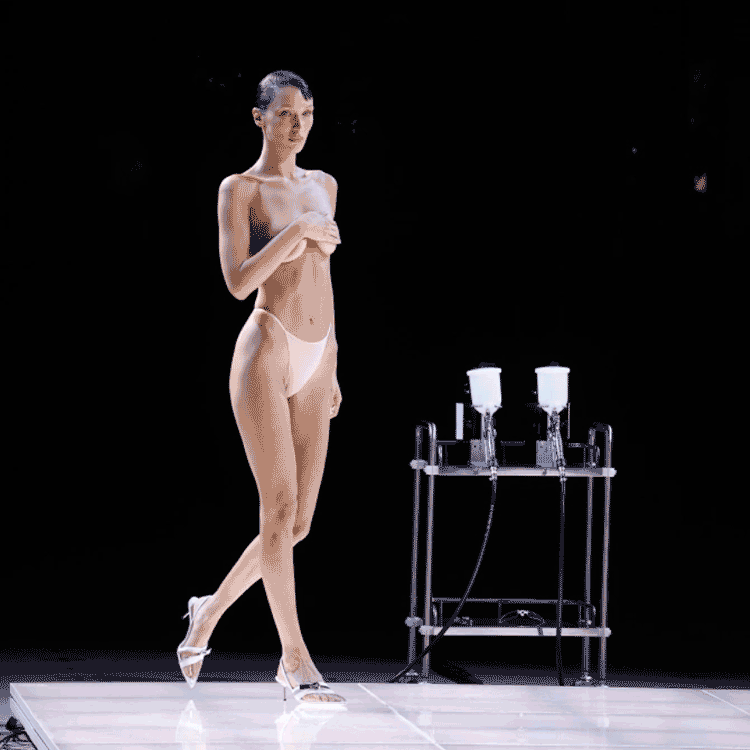
What is the Point of Fashion Shows?
The role of a fashion show is to deliver the designer’s vision and stylistic direction for the new collection.
Fashion shows allow designers to showcase their work to fashion critics and potential buyers.
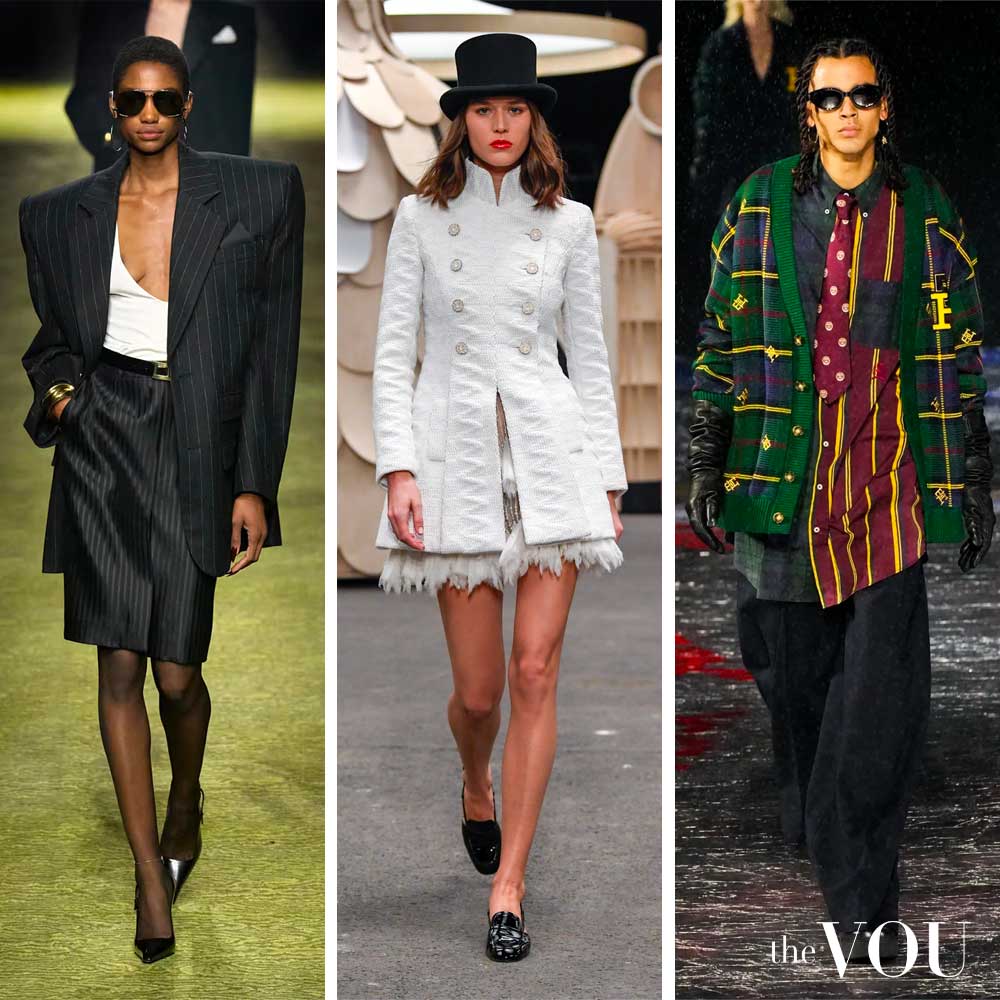
Fashion shows also serve as networking events, where designers, buyers, retailers, and critics get together.
What is a Fashion Week?
Fashion Week is a yearly event organized in capital cities worldwide.
The Fashion Weeks organized in Paris, London, New York, and Milan (the Big 4 Fashion capital cities) are the largest and most important regarding fashion designers, media coverage, and sales.

As the ideal way for fashion designers to present and promote their latest creations, fashion shows are the foundation of Fashion Weeks.
The Origin of Fashion Shows
Fashion Shows in the 19th and 20th Centuries
The concept of Fashion Shows emerged in the early 1800s as small events organized by clothing designers displaying their creations to wealthy clients right in their homes.

Over time, these home-based exhibitions evolved into ‘fashion parades’ organized periodically in Paris and London’s couture salons.
Charles Fredrick Worth – an English fashion designer who founded the House of Worth – is credited with the concept of show by displaying clothes on people instead of mannequins.
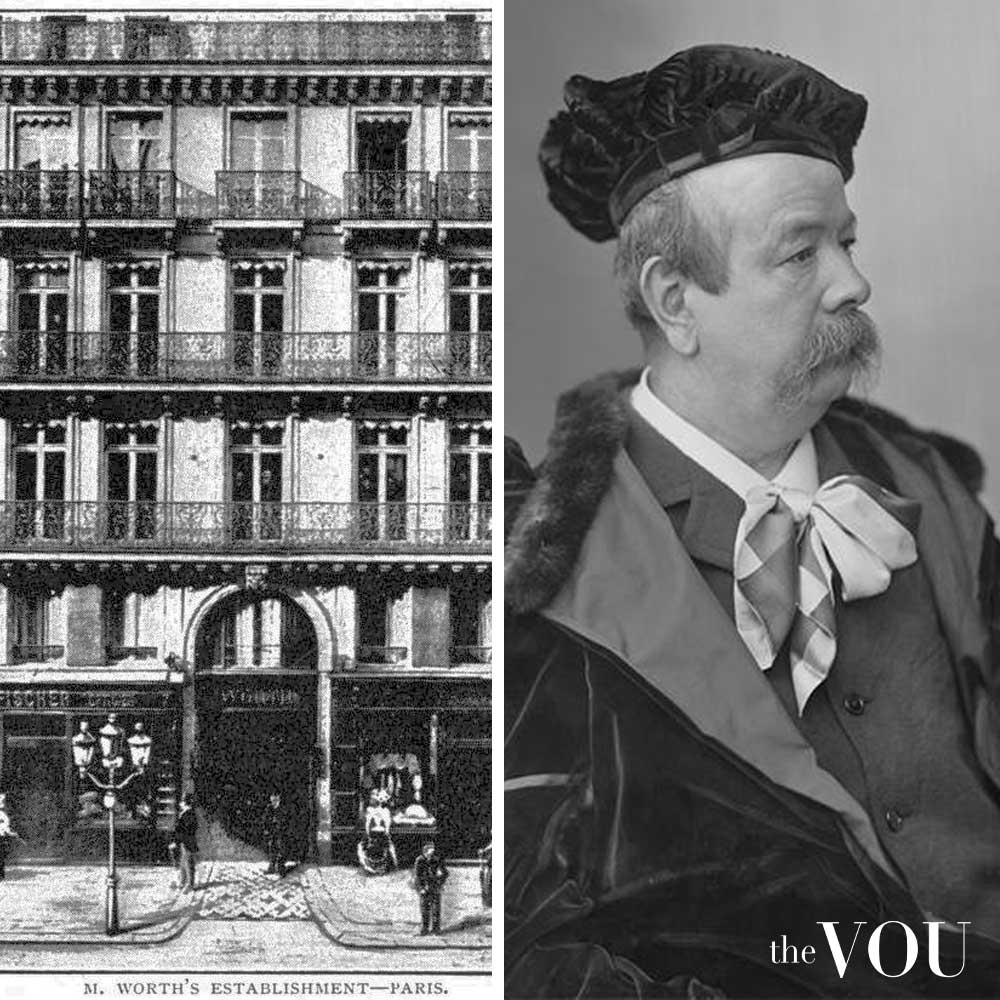
By the end of the 19th Century, dedicated fashion houses emerged in Europe’s capital cities like Paris and London, with designers using models to showcase their latest creations.
American retailers adopted the Fashion Show concept in the early 1900s, and the first American fashion show took place in 1903 in the New York City store of the Ehrlich Brothers.
By 1910, American department stores like Wanamaker’s in Manhattan and Philadelphia were staging Fashion Shows showcasing haute couture from Paris and London designers and cheaper alternatives created by local designers.
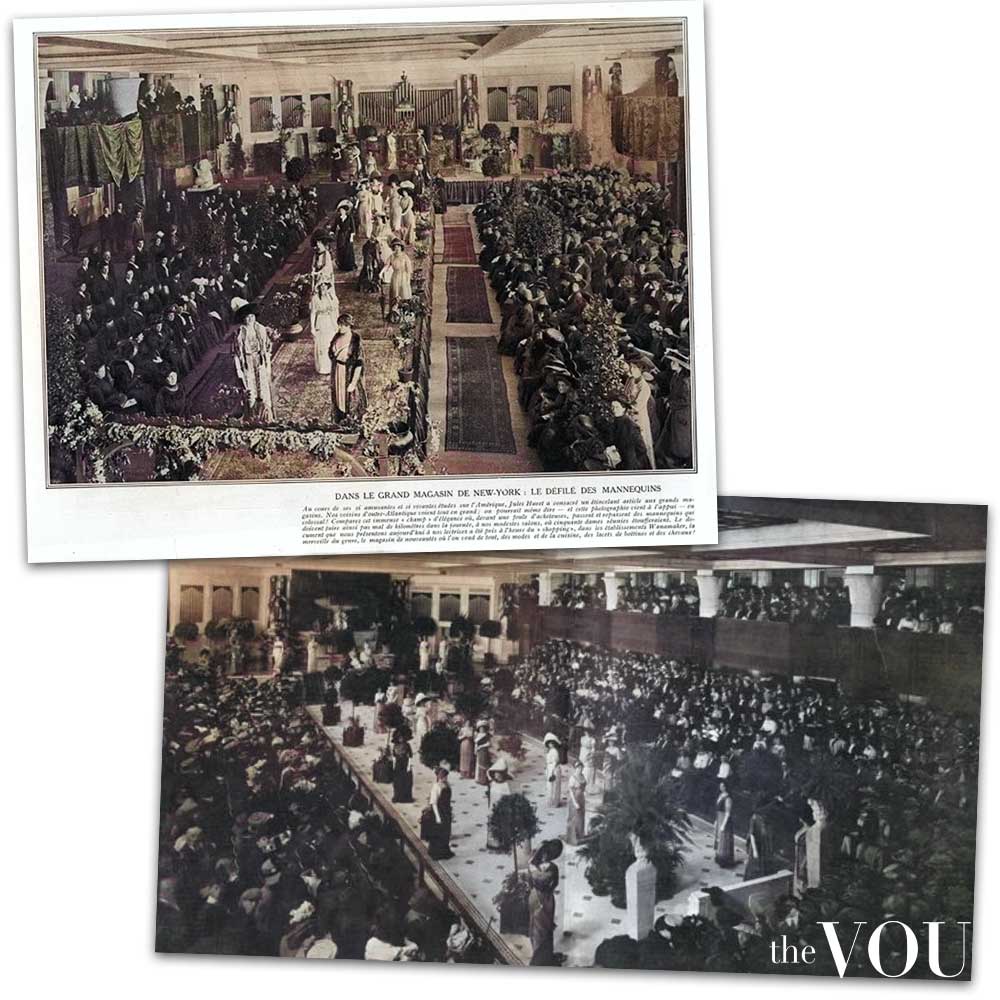
European fashion houses would actively seek out buyers in the United States, and by 1918 large fashion houses in London, Paris, and New York agreed on fixed dates (twice annually) for runway shows to take place.
By the 1920s, most clothing retailers, department stores, and even hotels across the United States organized popular Fashion Shows around themes like Parisian, British, or Italian styles.
However, in 1943, the events were centralized under one umbrella called Fashion Week in New York to give an alternative to French fashion during World War II.
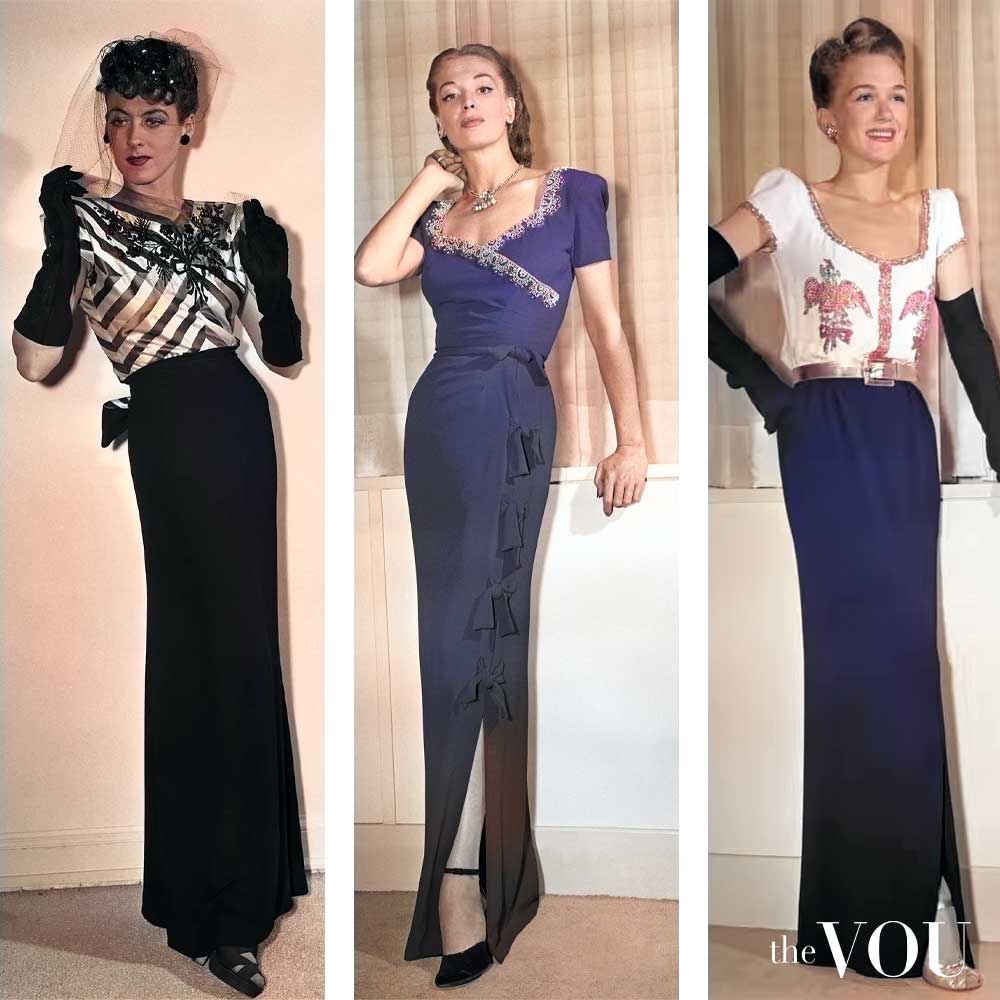
Starting in the 50s, fashion designers returned to organizing and showcasing private fashion shows, away from large clothing retailers.
Starting in the 2000s, Fashion Weeks have become elaborate, including video, sound, lighting, and filming infrastructure broadcasted on television channels, documentaries, and the internet.

Fashion Shows in the 21st Century
Modern Fashion Shows are constantly improved by adopting technological innovations such as pre-recorded digital videos, AI sounds, holograms, light and filming drones, and virtual, augmented, and mixed reality.
While some Fashion shows are comprised of narrow runways between rows of chairs, the modern era has brought super elaborated settings like Chanel’s 2016 show at Paris Fashion Week, depicting an airport with flight attendants, ticket counters, and tourists.
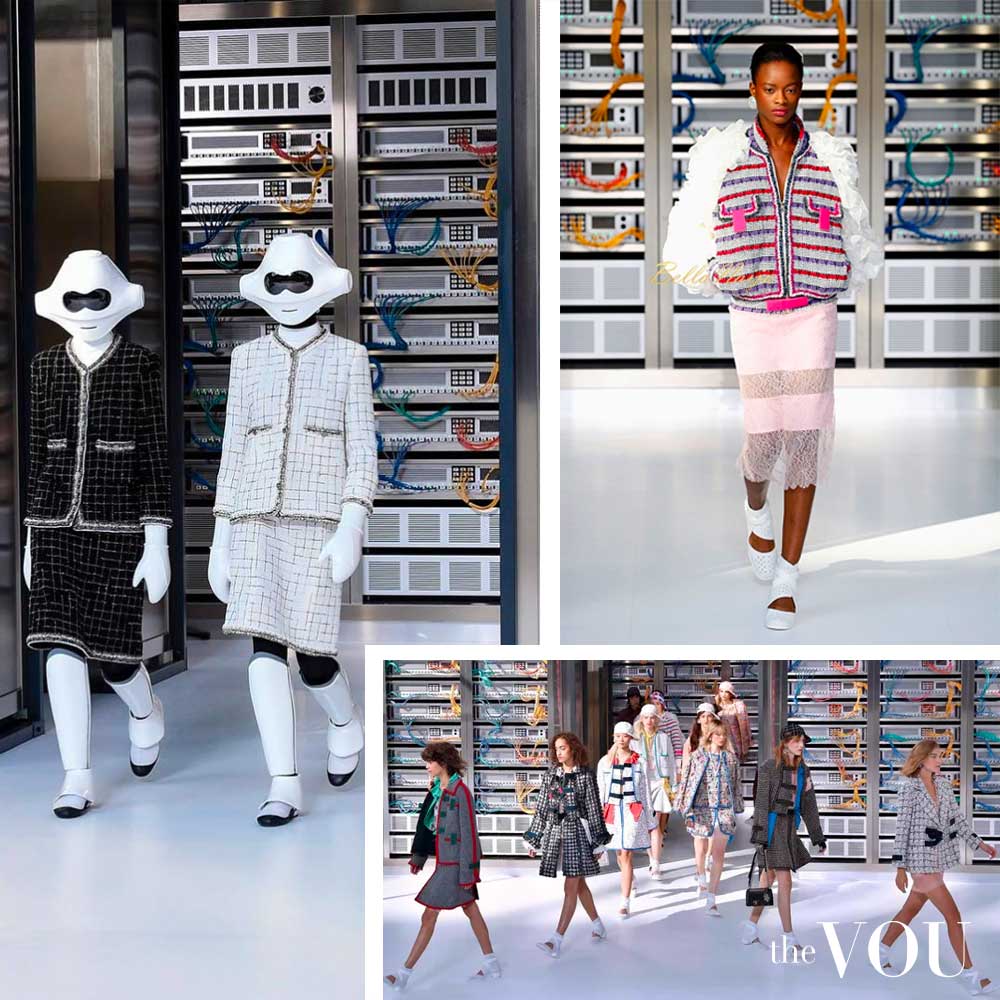
These technological advancements work both ways, allowing designers to become more creative, like designer Ralph Lauren showcasing his Spring 2015 collection in a water-screen projection in Manhattan’s Central Park and delivering Fashion Shows to a global audience, with London Fashion Week as the first event to start live streaming in 2010.
Weekly Newsletter
Keep up with the latest in fashion, beauty and style!
source https://thevou.com/fashion/show/
Comments
Post a Comment